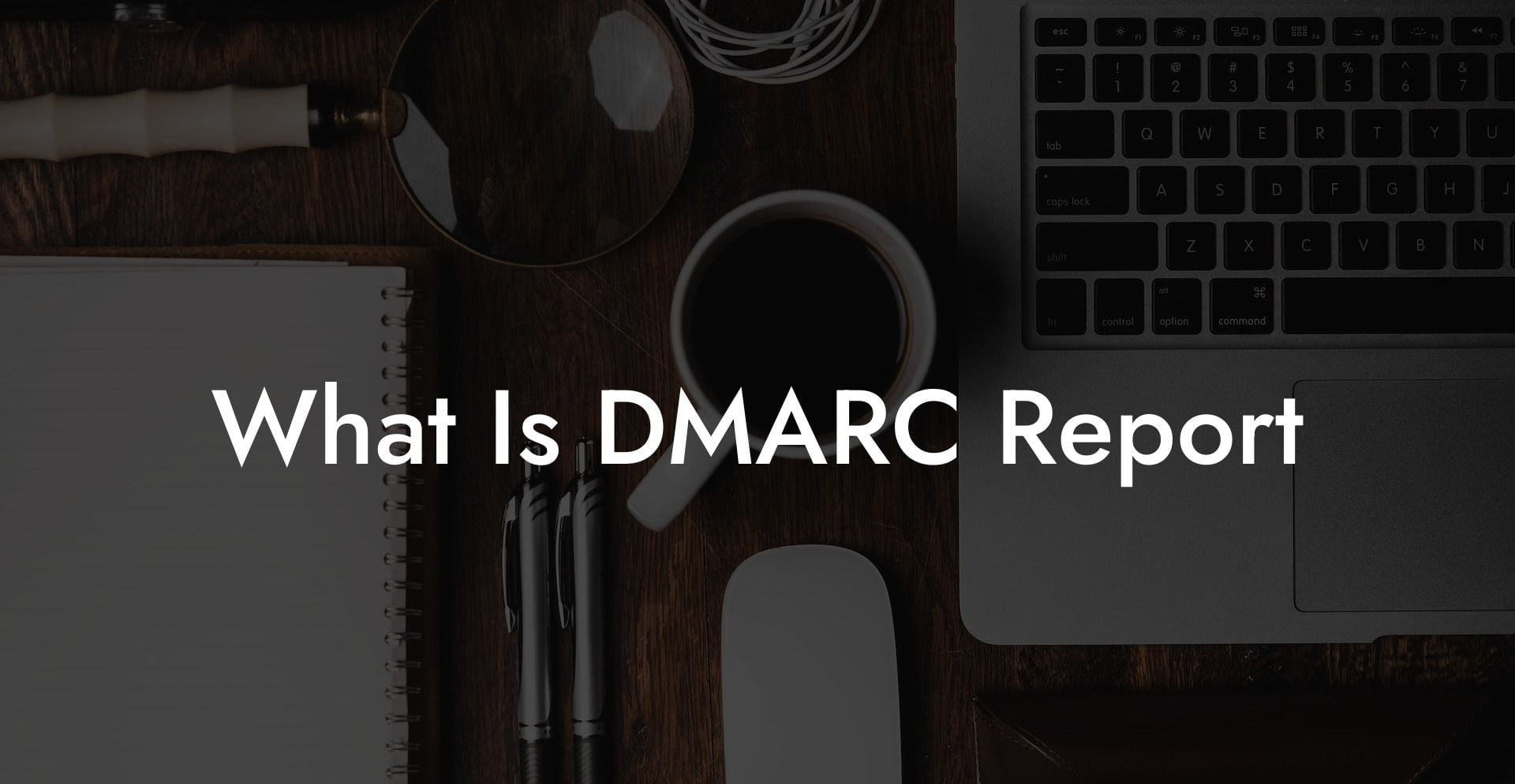With the constant evolution of technology, cyber threats are becoming more sophisticated, putting organizations at a higher risk for unauthorized data access and security breaches. One such vulnerability lies within email security, leaving businesses prone to phishing attacks. In an effort to combat these threats, email authentication mechanisms have been developed, and one of the most important is the DMARC (Domain-based Message Authentication, Reporting, and Conformance) report. In this article, we dive deeper into what a DMARC report is and why it is crucial for enhancing your organization's cybersecurity.
Understanding DMARC
DMARC is an email security protocol that ensures the authenticity of the sender's domain and prevents email spoofing. It essentially allows domain owners to specify email handling policies when an email fails authentication checks like SPF (Sender Policy Framework) and DKIM (DomainKeys Identified Mail).
Protect Your Data Today With a Secure Password Manager. Our Top Password Managers:
DMARC policies can be set to three levels:
- None: No policy is applied, but the domain owner is informed about the emails failing the authentication.
- Quarantine: Emails that fail authentication are directed to the recipient's spam or junk folder.
- Reject: Emails failing the authentication are not delivered at all.
When a DMARC policy is in place, the receiving email server generates DMARC reports and sends them to the domain owner. These reports provide valuable insights into the email authentication process and enable domain owners to monitor and rectify any potential email delivery issues.
Components of a DMARC Report
DMARC reports are XML files that provide comprehensive data on email traffic and authentication outcomes. The reports include the following key components:
- Identifier Information: Information about the sender's domain, the SPF and DKIM alignment, and the reporting email server.
- Policy Information: Details about the DMARC policy applied, including whether the email was blocked, quarantined, or allowed as well as the sender's enforcement action (none, quarantine, or reject).
- Authentication Results: Specifies the SPF and DKIM verification results for each email received.
- Message Statistics: Data on the number of messages received and the percentage of messages that passed authentication.
- Error Details: Provides information about any errors that occurred during the authentication process.
What Is DMARC Report Example:
Suppose a domain owner receives a DMARC report with the following details:
- Domain: example.com
- SPF Alignment: aligned
- DKIM Alignment: aligned
- Policy applied: quarantine
- DMARC Enforcement: 70% (reject)
The report indicates that the domain has a DMARC policy in place, and 70% of the received emails are being rejected due to failed authentication. The SPF and DKIM alignments are both in place, but there could be issues in the implementation of one or both authentication mechanisms. The domain owner can then analyze the detailed report and identify the root cause for authentication failures and take corrective measures, such as updating the SPF record or modifying the DKIM implementation, to improve email deliverability and reduce the chances of phishing attacks.
In today's world of ever-evolving cybersecurity threats, it is crucial for organizations to stay proactive in securing their email communication. Implementing DMARC is an essential step to improve your organization's email security and reduce the risks of spoofing and phishing attacks. By understanding and monitoring DMARC reports, you can gain valuable insights into your email authentication processes and take the necessary steps to enhance the overall security.
We hope that this article helped you understand the significance of DMARC reports. Share this guide with your colleagues and friends, and don't forget to explore other resources on Voice Phishing to stay informed about the latest in cybersecurity.
Protect Your Data Today With a Secure Password Manager. Our Top Password Managers:















